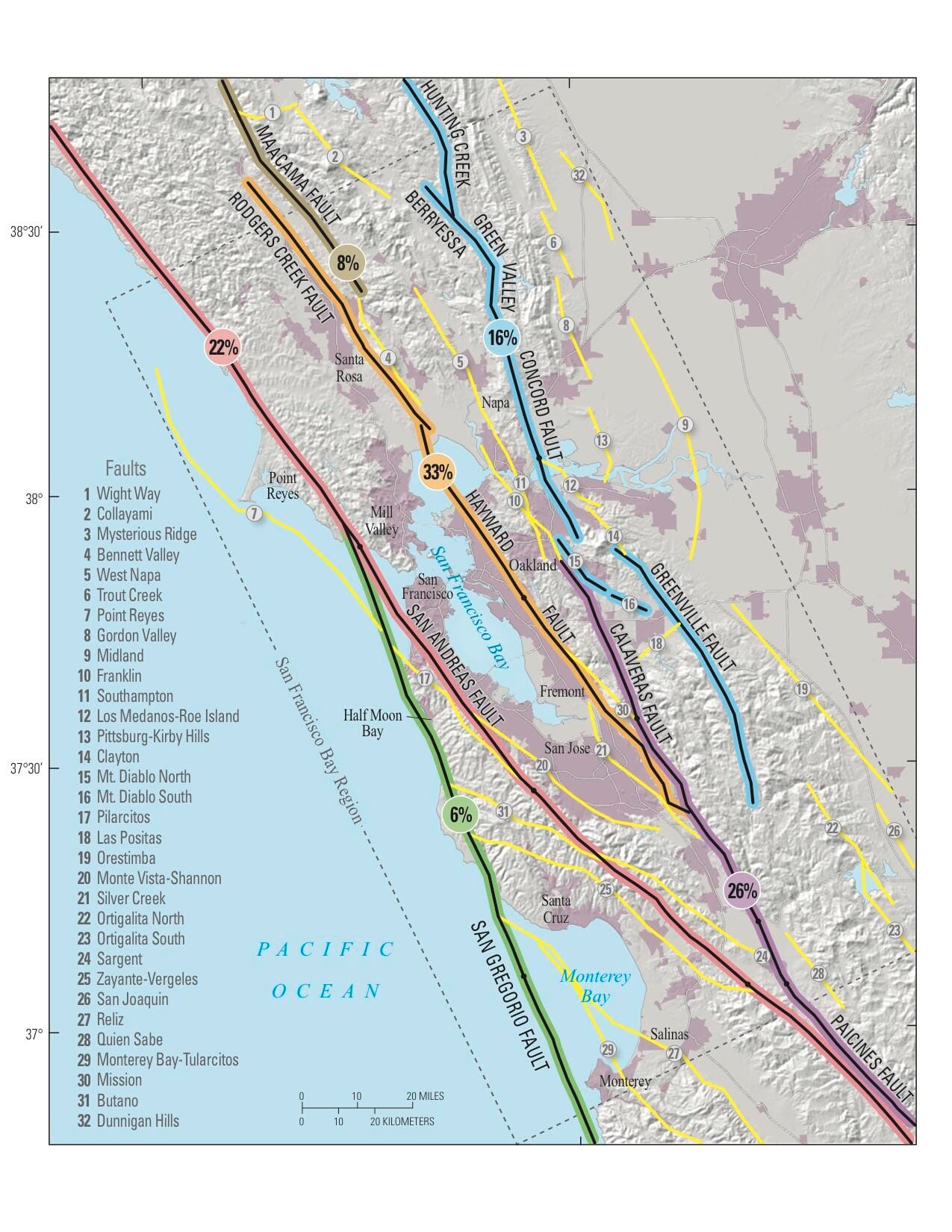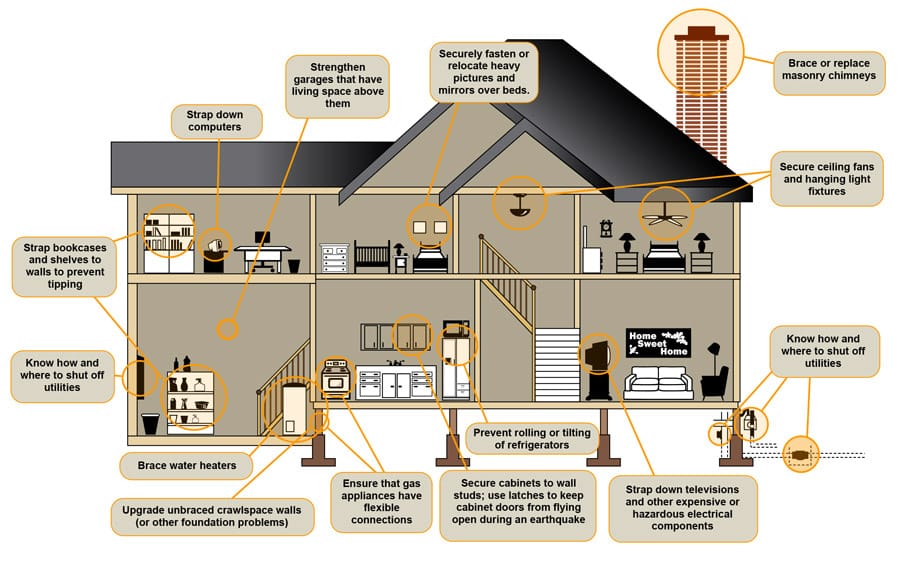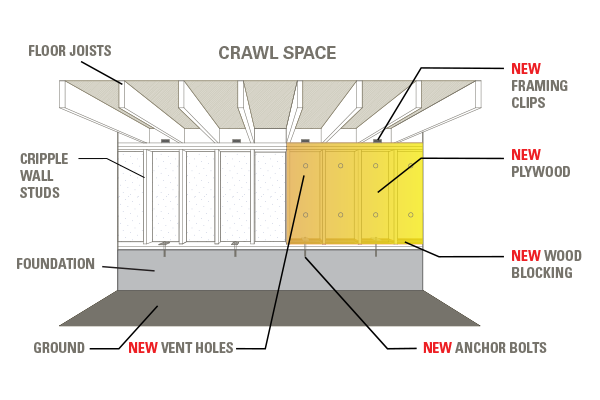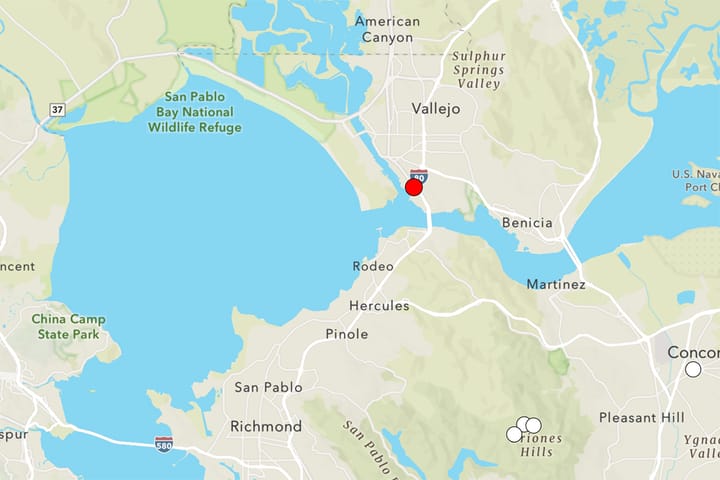We must prep now for much larger quakes, Humbert says
Don't delay: Learn how to react to an earthquake, create a disaster kit and secure objects in the home to prevent injury and damage.
Editor's Note: The Scanner will periodically publish guest essays from community members on issues of concern. Today's piece was written by Berkeley District 8 Councilman Mark Humbert. It has been republished with permission.
As you probably were, too, I was jolted awake by Monday's 4.3 quake along the Berkeley section of the Hayward fault.
I’m taking the fact that the quake was centered under the Dwight/Piedmont intersection as a sign Mother Nature agrees that the intersection is dangerous and needs a redesign.
All joking aside, this quake is an excellent reminder why it’s essential to be prepared for much larger quakes along any number of the region’s many earthquake faults.
Seismologists estimate that there is a 72% chance of a large earthquake in the Bay Area over the next 30 years, and the Hayward fault is estimated to have the highest chance of one.

Thankfully, there are many resources to help you learn to be ready when an earthquake hits.
And the city of Berkeley offers disaster preparedness trainings to help you and your neighbors prepare and respond to earthquakes and other natural disasters.
There is a lot to learn, and I highly recommend checking out one or more of the resources below.
- State: Cal Office of Emergency Services
- Regional: Alameda County's ready.acgov.org
- City of Berkeley: Disaster preparedness
- UC Berkeley's Seismology Lab
But if nothing else, I strongly encourage folks to learn how to react to an earthquake, create a disaster kit, and secure objects in their homes to prevent injury and damage.
In the United States, most earthquake injuries occur as a result of falling objects, not structural damage.
Always remember to drop, cover and hold on!
The safest places during a quake are under a sturdy table or desk; and, if you're in bed, stay there and cover your head with a pillow.
The idea that a doorway is the safest place to stand is a myth.

The city of Berkeley also offers a transfer tax rebate to perform voluntary seismic safety upgrades when a residential building is sold, or just therafter.
The city is also currently holding a lottery for seismic upgrade grants; if you apply by Oct. 1, you could win $3,000 to upgrade your home and the prize is increased to $10,000 for those with lower incomes.
Making sure your home remains safe and livable after a quake can be the difference between your family being able to remain in your home or needing to seek shelter elsewhere.

The Bay Area remains a deeply moving place to live, so please let me know if you have any feedback or questions about how you can prepare in the wake of this quake.
The Scanner will periodically publish guest essays from community members on issues of interest or concern. Submit your guest essay ideas to TBS.




